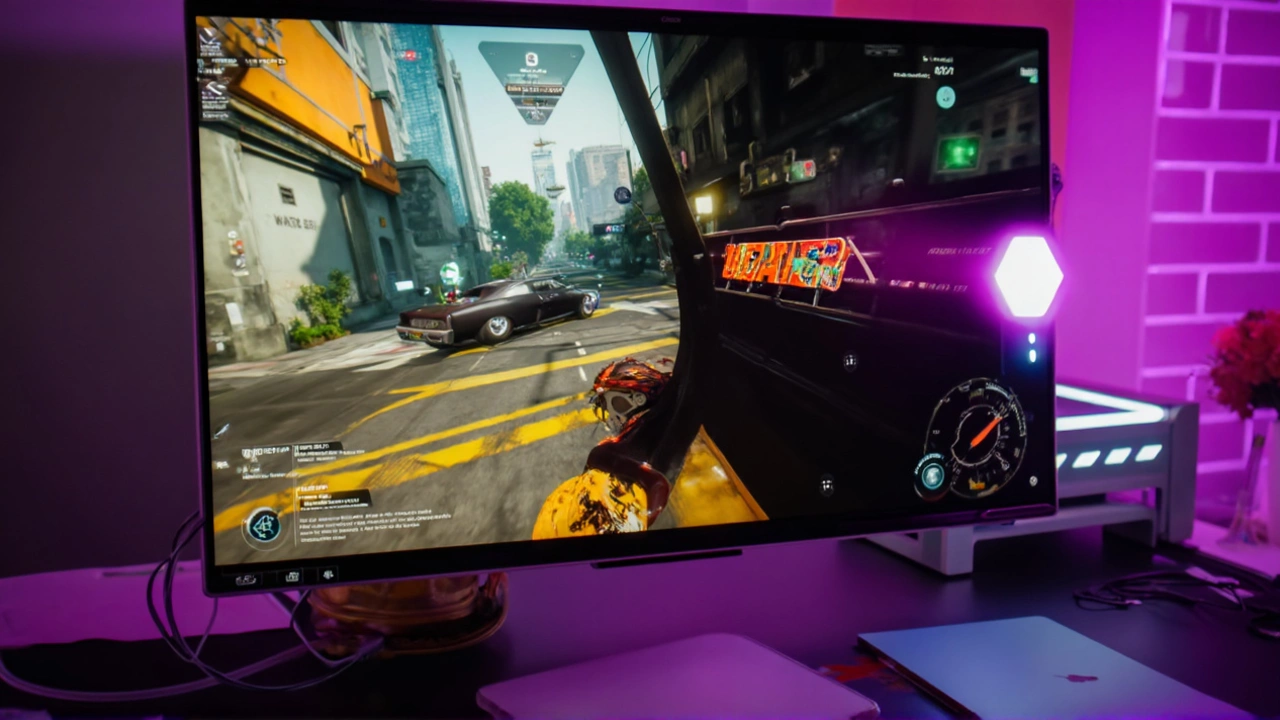
DLDSR: The AI Trick Making Games Look Sharper
It’s easy to overlook what’s happening behind the scenes when you play a game, but Nvidia’s DLDSR is making a surprisingly big difference for anyone with an RTX 20-series, 30-series, or newer GPU. Unlike the typical graphic upgrades that demand serious horsepower, DLDSR lets your graphics card use artificial intelligence to sharpen visuals, all while working quietly in the background.
DLDSR stands for Deep Learning Dynamic Super Resolution. Sounds technical, sure, but here’s the deal: traditional DSR worked by brute force, rendering your game at a higher resolution—maybe even 4K—then shrinking it back down for your monitor. The result? You got a crisper image, but your GPU sweated bullets, burning through resources for that quality.
DLDSR flips the script by bringing neural networks into the mix with Nvidia’s specialized Tensor Cores, which are only found in newer RTX cards. These cores are designed to make AI calculations a breeze. When you turn on DLDSR, your game is still rendered at a higher resolution (say, 2.25x), but this time it’s smartly downsampled, sharpening textures and smoothing out jagged edges without demanding as much from your graphics card. The improvement is most noticeable in older games or ones that aren’t already pushing your hardware to the limit.
How DLDSR Works—and How It’s Different from DLSS
Where DLDSR really stands out is in its approach. It’s not something you enable in just one game; it functions at the driver level. That means once you set it up, every compatible title can benefit. Just pop open the Nvidia Control Panel, go to 'Manage 3D Settings', then the 'DSR Factors' menu, and select 'DL Scaling'. Pick your scaling factor (something like 2.25x is popular) and save your settings. Just like that, you’re in business.
This is totally different from Nvidia’s more famous AI trick, DLSS. With DLSS, the game itself needs to support it, and often you’re lowering the game’s base render resolution to chase higher frame rates, then upscaling to your monitor. DLDSR doesn’t touch performance as much; instead, it smooths things out visually. The two aren’t enemies either—if your favorite game has native DLSS support, you can even run DLDSR on top for extra polish.
If you’re worried about your frame rates dropping into single digits, relax. DLDSR is a lot more efficient than traditional DSR, so while it’s not totally free in terms of GPU usage, it’s far less punishing. For older or less demanding games, it’s almost a no-brainer for a quick and easy image boost.
- DLDSR is hardware-dependent—only RTX 20-series and above.
- It’s enabled globally, so you don’t have to hunt for in-game options.
- The technology uses the same AI backbone as DLSS, just in a different way.
- You can use DLDSR and DLSS together for even better image quality (when the game allows).
For folks who care about their games looking as clean and crisp as possible—without buying a new monitor or tanking performance—DLDSR is a clever upgrade hiding in plain sight. And the best part? You likely already have everything you need to try it out.